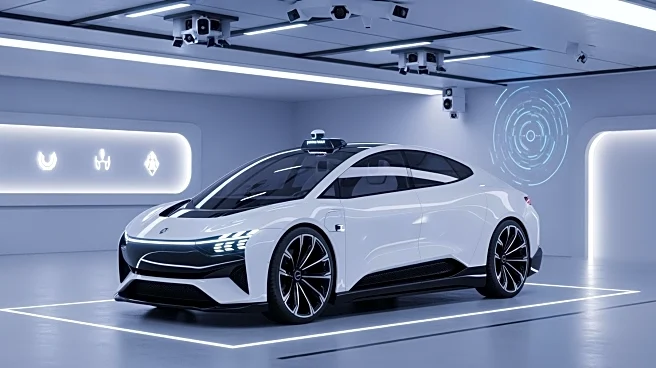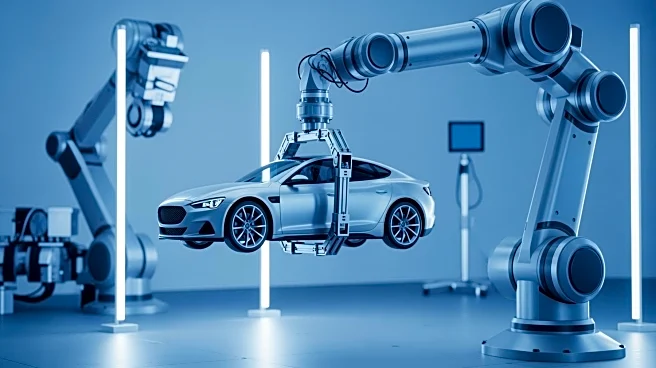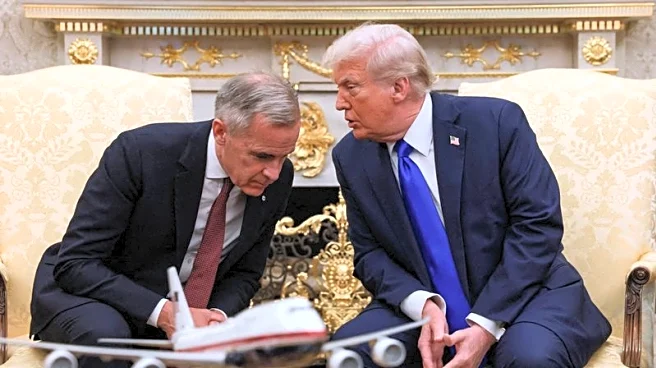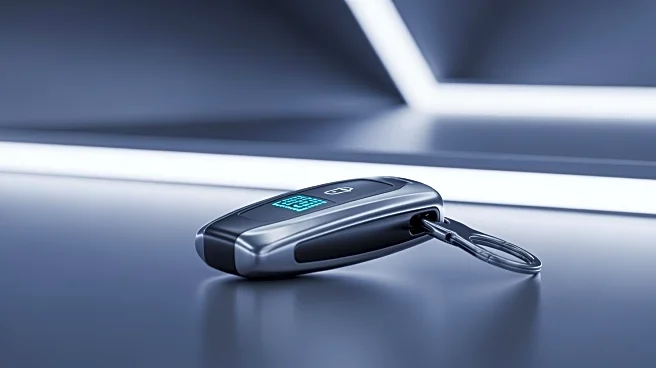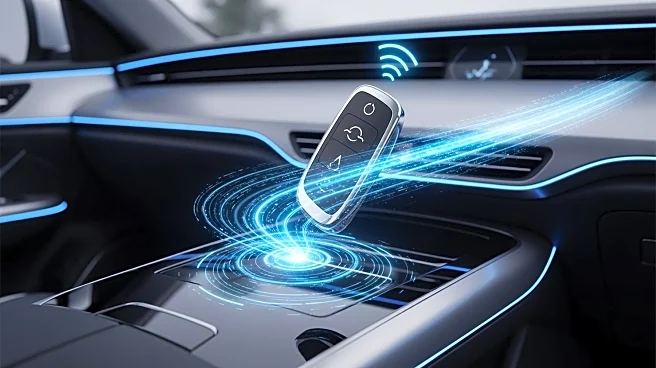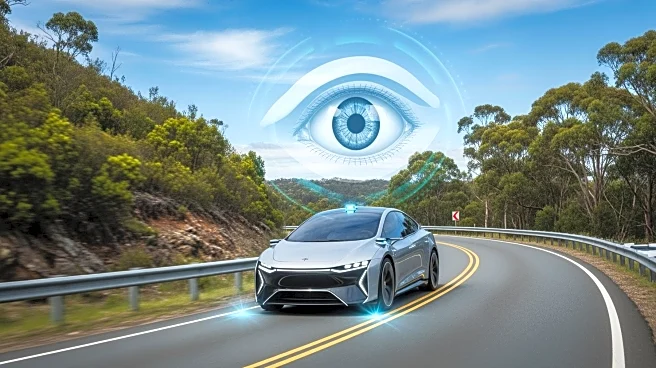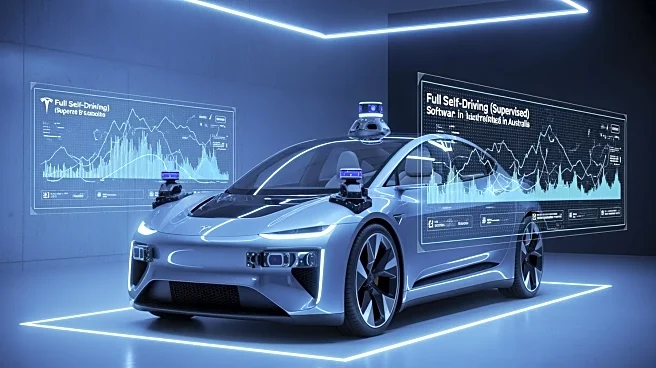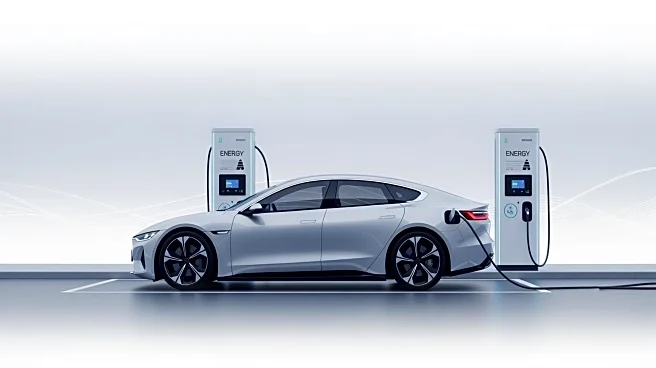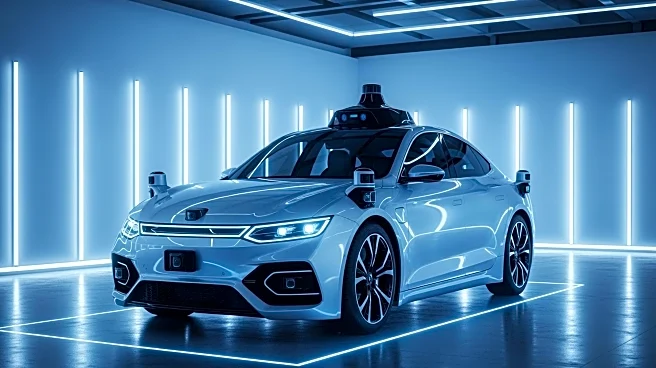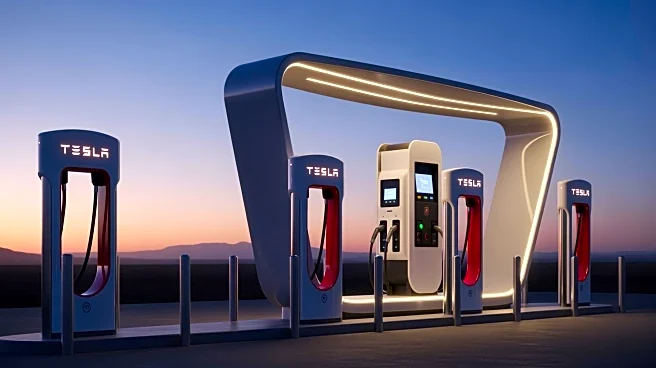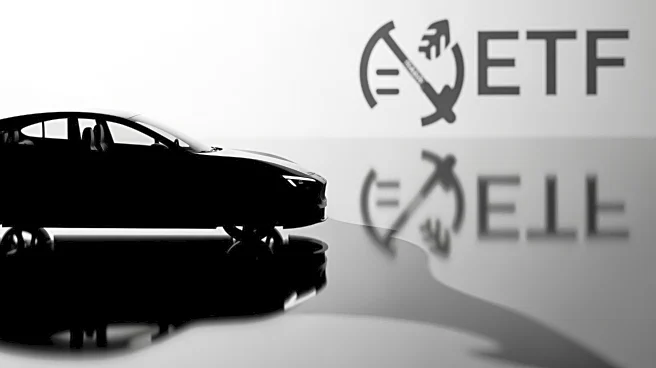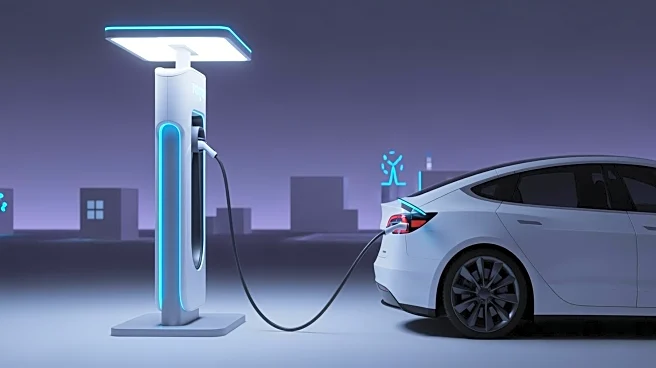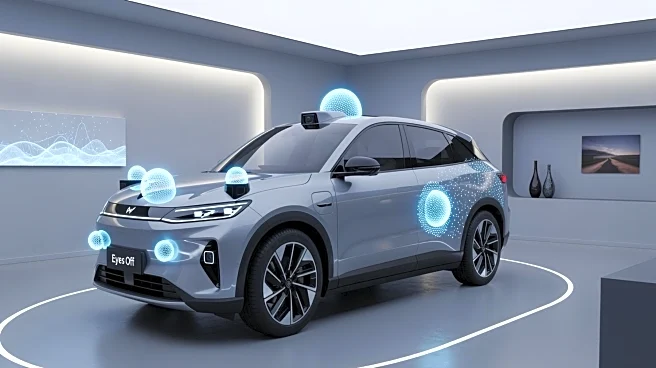What's Happening?
Tesla has launched its Full Self-Driving (Supervised) software for Australian customers who own a Model 3 or Model Y equipped with the latest Hardware 4 (HW4) camera system. This software, priced at $10,100 for a one-time payment or $149 monthly, represents
a Level 2 advanced driver assistance system. It requires drivers to remain attentive and ready to take control at any moment, as the system is not fully autonomous. The software uses the car's interior camera to ensure driver attention and can lock users out for non-compliance. The system allows the car to drive itself with minimal intervention, but drivers must input a destination and remain engaged. The software has shown proficiency in handling suburban streets and complex driving scenarios, although it sometimes struggles with speed limit recognition and busy intersections.
Why It's Important?
The introduction of Tesla's Full Self-Driving (Supervised) software in Australia marks a significant step in the evolution of autonomous driving technology. While not fully autonomous, this system enhances driver convenience and safety by reducing the need for constant manual control. It highlights Tesla's commitment to advancing vehicle automation, which could influence the automotive industry by setting new standards for driver assistance systems. The pricing strategy also reflects the premium nature of this technology, potentially impacting consumer adoption rates. As Tesla continues to refine its systems, the broader implications for road safety, regulatory frameworks, and consumer trust in autonomous technologies will be closely monitored.
What's Next?
As Tesla's Full Self-Driving (Supervised) system gains traction, further updates and refinements are expected to address current limitations, such as speed limit recognition and navigation in complex traffic scenarios. Regulatory bodies may also scrutinize the system to ensure compliance with safety standards, potentially influencing future legislation on autonomous driving technologies. Consumer feedback will likely play a crucial role in shaping the system's development, as Tesla aims to enhance user experience and safety. The broader automotive industry may respond by accelerating their own autonomous technology initiatives to remain competitive.
